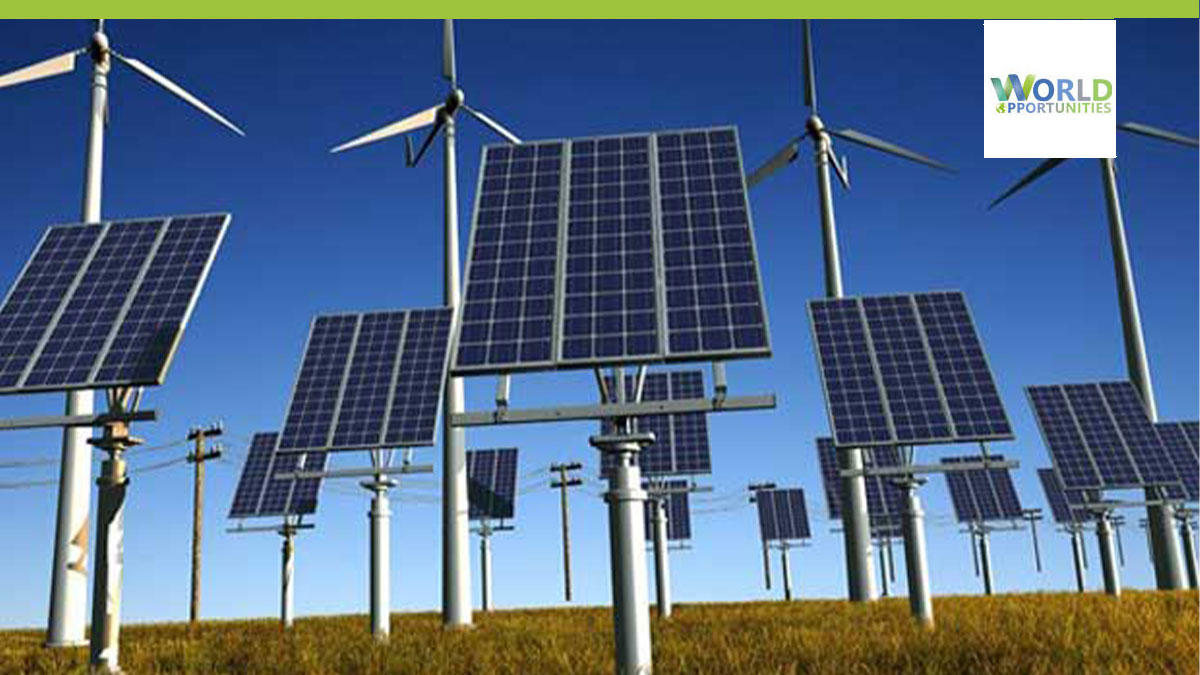Introduction
Renewable energy is not only a way to reduce greenhouse gas emissions and combat climate change, but also a source of innovation and inspiration for many countries and communities around the world. In this blog post, we will highlight some of the stories of success in renewable energy, showcasing how different technologies, policies, and partnerships can foster a more sustainable and resilient future.
Morocco is building one of the world’s largest concentrated solar power plants, the Noor-Ouarzazate complex, on the edge of the Sahara desert. The plant uses mirrors to concentrate sunlight and heat up a fluid that drives turbines to generate electricity. When fully operational, the plant will produce enough energy for more than one million Moroccans and reduce the country’s dependence on fossil fuels by 2.5 million tons of oil. Morocco aims to generate 52% of its electricity from renewable sources by 2030.
Bangladesh has achieved the world’s fastest expansion of solar energy, reaching about 3.5 million homes or 18 million people with solar home systems. These systems consist of a solar panel, a battery, and LED lights that provide electricity for lighting, mobile phone charging, and other basic needs. The systems are affordable and reliable, especially in rural areas where grid access is limited or unreliable. Solar home systems have improved the quality of life, education, health, and income of millions of Bangladeshis.
China is turning 800 primary and middle schools in Beijing into “sunshine schools”, by installing rooftop solar panels that power classrooms and raise environmental awareness among students and teachers. The project is part of China’s efforts to scale up renewable energy and reach its ambitious climate targets set at COP21, where it pledged to peak its carbon emissions by 2030 and increase the share of non-fossil fuels in its energy mix to 20% by 2030.
Mexico has achieved an energy efficiency milestone by distributing almost 23 million energy-saving light bulbs for free to more than 5.5 million families. The light bulbs use 75% less energy than conventional ones and last 10 times longer. This helps the families save up to 18% on their electricity bill and prevents an estimated 1.4 million tons of CO2 emissions each year. Mexico is also implementing other energy efficiency measures, such as replacing old refrigerators and air conditioners with more efficient ones.
Tanzania holds immense potential in solar and wind power, according to an energy mapping study taking place in 12 countries. The study finds that the country has solar resources equivalent to Spain’s and its potential for wind power exceeds that of the U.S. state of California. Tanzania is currently developing several renewable energy projects, such as the Singida wind farm, the Kigoma solar plant, and the Mwenga hydro plant, to increase its electricity generation capacity and access, especially in rural areas.
These are just some of the examples of how renewable energy is transforming the world for the better. There are many more stories of success and innovation in this field, and we hope to share more of them with you in the future. If you are interested in learning more about renewable energy, you can check out the following resources:
- World Economic Forum: 5 smart renewable energy innovations
- World Bank: Six stories show renewable energy underpins a climate-friendly future
- Energy Digital: Top 10 Sustainable Innovations In The Energy Industry
- Department of Energy: EERE Success Stories
- National Renewable Energy Laboratory: Top 20 NREL Stories of 2022
